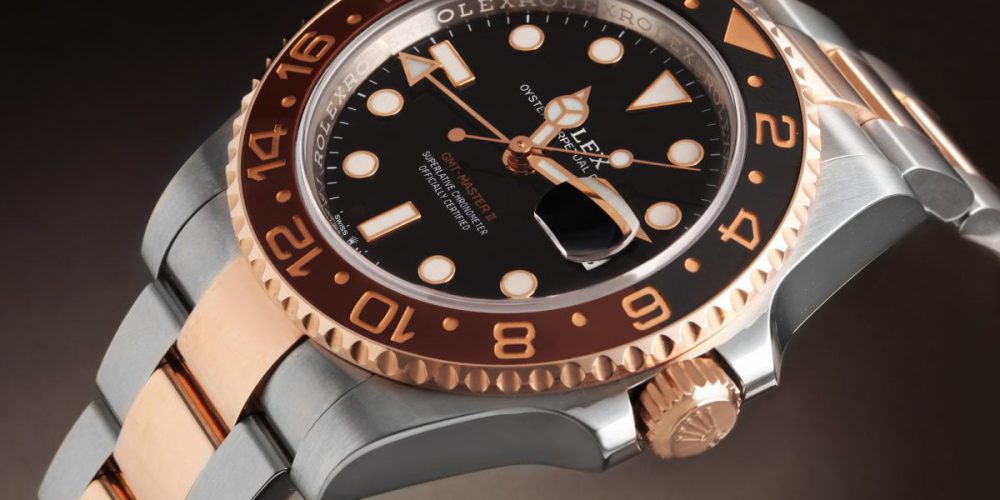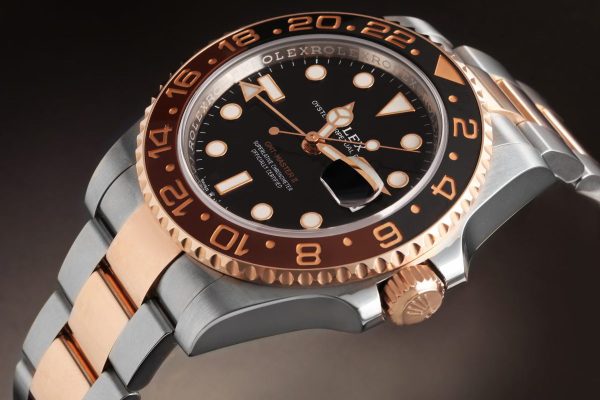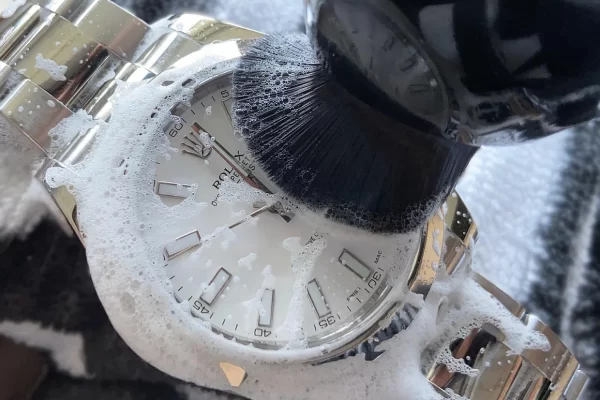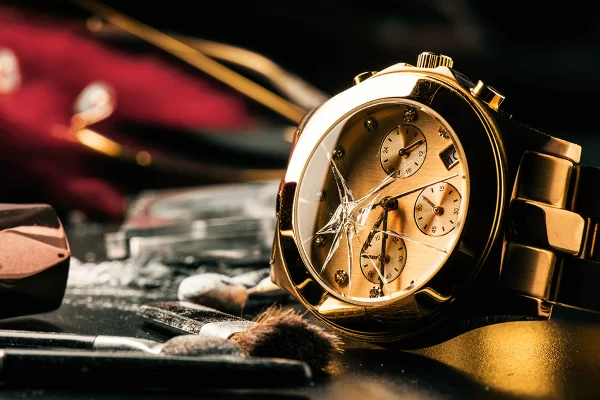The first step involves disassembling the watch to remove the hands from the dial. This must be done with great care to avoid damaging the delicate components. Specialized tools are used to lift the hands off the dial, ensuring that no scratches or marks are left behind. Once the hands are safely removed, they are carefully examined under magnification to assess the extent of wear or damage.
The next phase involves the actual restoration work. This can include cleaning, polishing, and repairing the hands. Cleaning is usually done using ultrasonic baths or gentle chemical solutions to remove any dirt or corrosion. Polishing is a delicate task that involves removing scratches and restoring the original finish, which may require different types of abrasives and polishing compounds. If the hands are bent or broken, they may need to be straightened or soldered. In some cases, new hands may need to be fabricated to match the originals perfectly.
Finally, the restored hands are carefully reassembled onto the watch. This involves reattaching the hands to the movement with precision to ensure they align correctly and move smoothly. Any misalignment can affect the watch’s accuracy and performance. After reassembly, the watch is tested to ensure it functions correctly and that the hands move accurately over the dial. This testing phase is crucial to confirm that the restoration work has been successful and that the watch is ready to be worn again.











